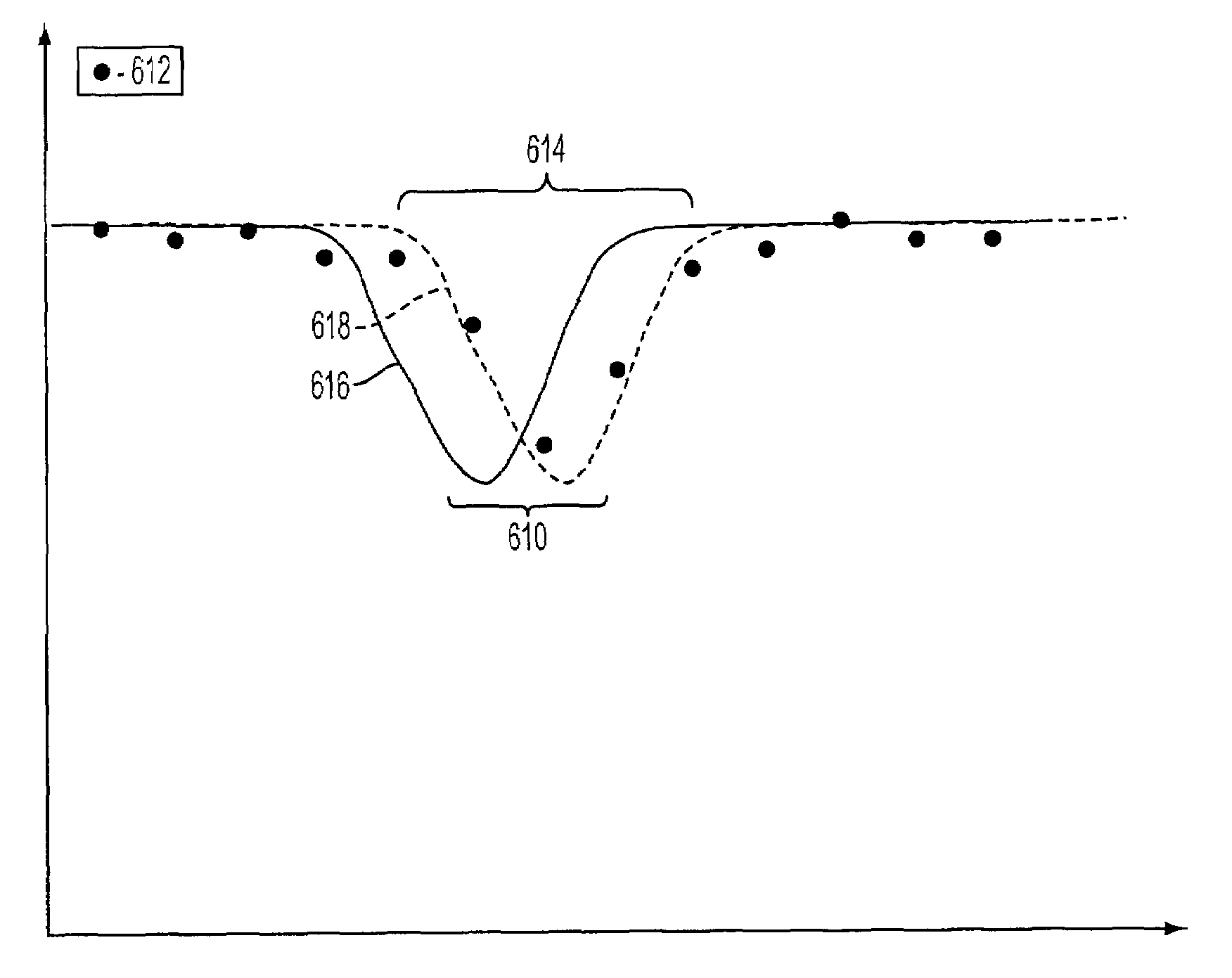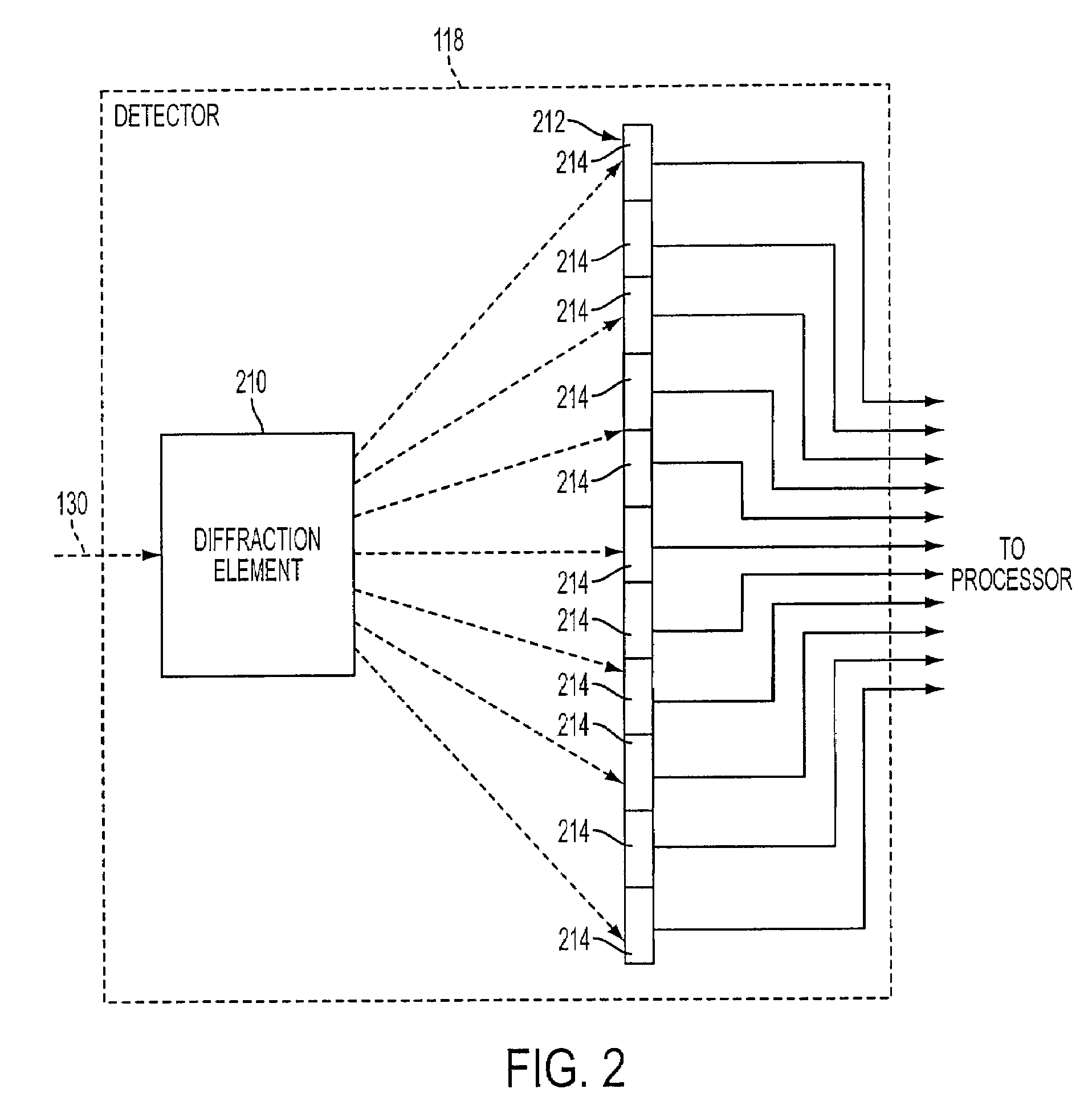Remote emissions sensing system and method incorporating spectral matching by data interpolation
a remote emission and sensing system technology, applied in the field of remote emission sensing systems, can solve the problems of inefficiency and/or inaccurate current methods for correcting for “wavelength drift” in res systems, inaccuracy in conventional systems, and inability to accurately detect the emission of a single wavelength, etc., to achieve the effect of improving spectral matching
- Summary
- Abstract
- Description
- Claims
- Application Information
AI Technical Summary
Benefits of technology
Problems solved by technology
Method used
Image
Examples
Embodiment Construction
[0024]Prior to describing the RES system and method incorporating spectral matching by data interpolation, a description of an exemplary RES system for remotely monitoring the exhaust gas composition of motor vehicles on a roadway or driving surface at a given test site (or in the “field”) under various operating conditions will first be provided. The calibration / correction methods disclosed herein can be used with this or other system configurations. Embodiments of the invention may include all or some of the RES system components as described below, or other components.
[0025]FIG. 1 illustrates a RES system 110 according to one or more implementations of the invention. RES system 110 measures emissions in an exhaust plume 112 (from a motor vehicle 114) in an optical (or measurement) path 130 on a roadway 128. Roadway 128 may comprise a single or multi-lane roadway, or any other roadway or driving surface suitable for the safe passage of vehicle 114 under various operating condition...
PUM
| Property | Measurement | Unit |
|---|---|---|
| wavelength | aaaaa | aaaaa |
| concentration | aaaaa | aaaaa |
| wavelength absorption band | aaaaa | aaaaa |
Abstract
Description
Claims
Application Information
 Login to View More
Login to View More - R&D
- Intellectual Property
- Life Sciences
- Materials
- Tech Scout
- Unparalleled Data Quality
- Higher Quality Content
- 60% Fewer Hallucinations
Browse by: Latest US Patents, China's latest patents, Technical Efficacy Thesaurus, Application Domain, Technology Topic, Popular Technical Reports.
© 2025 PatSnap. All rights reserved.Legal|Privacy policy|Modern Slavery Act Transparency Statement|Sitemap|About US| Contact US: help@patsnap.com



